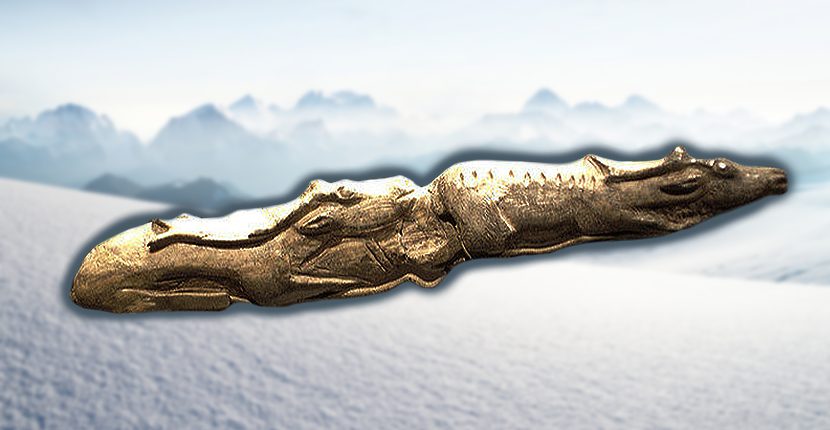It is said the older the art, the better. Does that apply to a swimming reindeer Ice Age sculpture? Don’t laugh–Ice Age art, crafted by our distant ancestors as early as 40,000 years ago, suggests that even at this point in evolution, humans had a well-developed imagination. Their artistic creations have been a source of inspiration for modern artists.
For example, a striking abstract sculpture excavated in Lespugue, France, deemed to be 23,000 years old, has fascinated minds such as Pablo Picasso’s. He fell under the spell of this relic, and it is considered a starting point for his 1930s corpus of sculpture.
If you were wondering which are the most beautiful looking artistic objects dated to the Ice Age, one candidate would be the carving of the Swimming Reindeer. Carved out of a mammoth tusk’s tip with stone tools, this piece was polished and engraved with care. The item counts among the oldest possession of the British Museum at its estimated age of roughly 13,000 years. It is part of the museum’s Christy Collection.
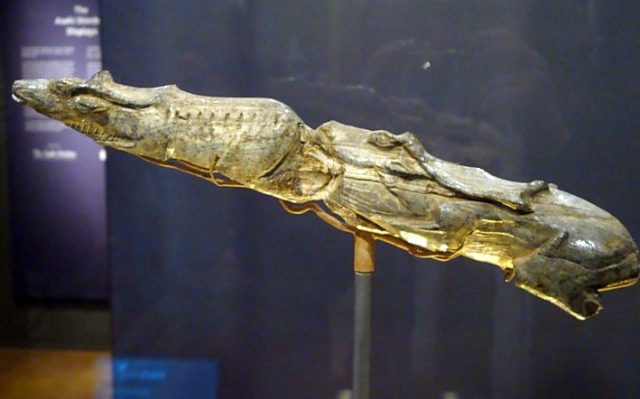
At the time the Swimming Reindeer was produced, species such as mammoths, reindeer, and wolverines thrived on most of the European continent. This particular object was found sheltered by rocks in two pieces, in the vicinity of the southern French village of Bruniquel. Discovered by a French engineer named Peccedeu de l’Isle back in 1866, the reindeer were first displayed publicly in Paris before being purchased by the British Museum.
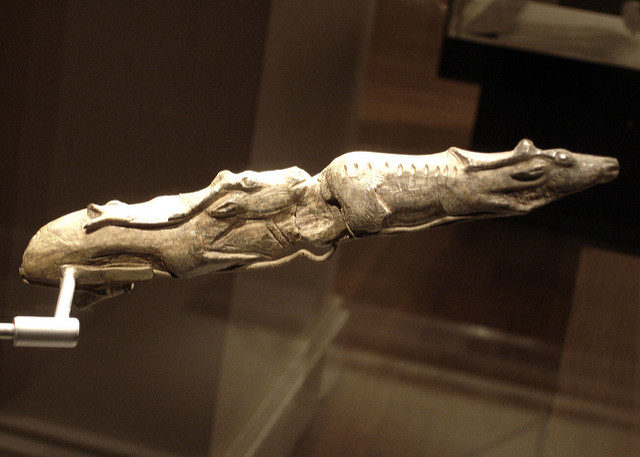
The ancient work displays the figures of a pair of reindeer that seem to be swimming. The intricate carving implies that humans shared their habitats with the prehistoric animals. More importantly, humans had a well-developed sense of artistry and imagination.
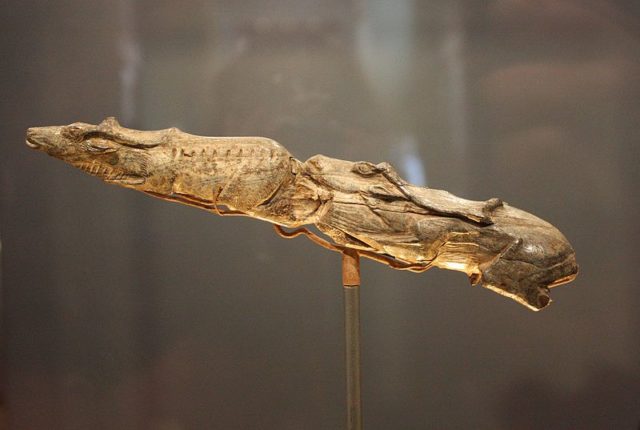
It was not until 1904, when French archaeologist Abbé Henri Breuil paid a visit to the museum in Britain to see the item, that it was realized the two separate parts fitted together to make single sculpture depicting a male and a female reindeer. The female one, with a slightly smaller antler and body, leads the way, and the male one follow.
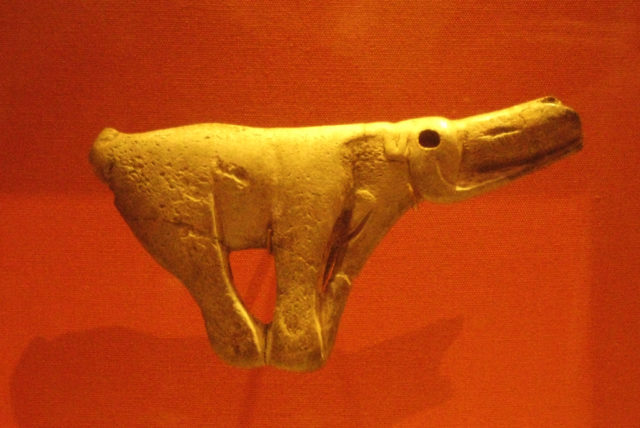
The twosome is depicted with their legs stretching fully backward, and the lower jaws are up, hence the notion they are swimming. Many experts have further remarked that the sculpture was likely produced during the fall season of the year when the animals migrated.
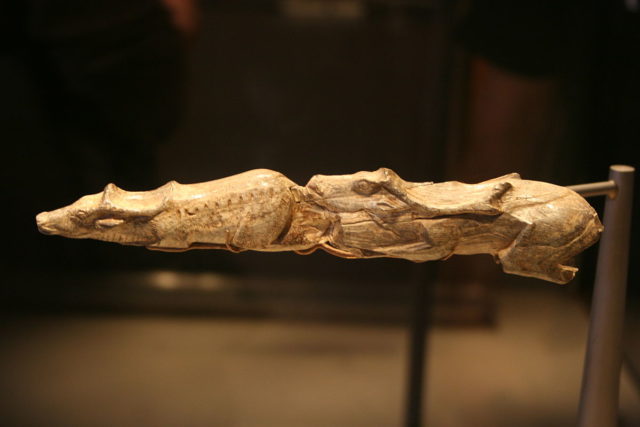
The object is not believed to fill a practical function. It was an artistic output of people who lived in harmony with nature and for whom the reindeer was one means of survival. Not only was this mammal a food resource for the people of the Ice Age, but its skin was used to produce clothes, shelter, and blankets. Other historians believe that such sculptures show us where we should look for the origins of spirituality among human communities.
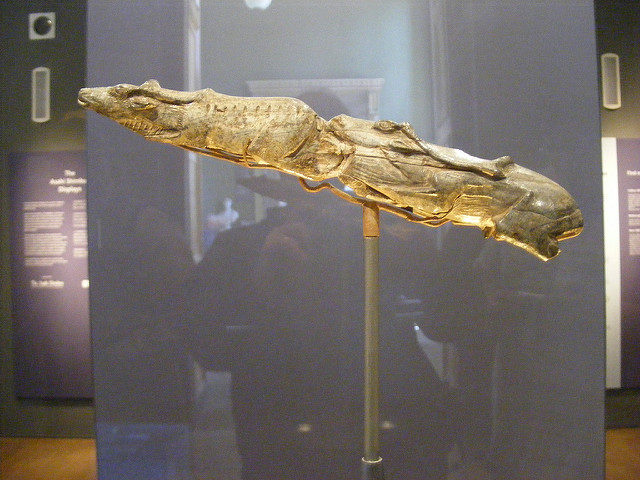
One more item which was discovered along with the reindeer sculpture was the Mammoth Spear, deemed to be as old as 12,500 years. The second piece provides us with more information on how hunting with spears might have looked, and it also tells us that our ancients spent time in decorating their weapons.
Both findings belong to the Late Magdalenian period and are considered a masterpiece produced by the prehistoric artists.
